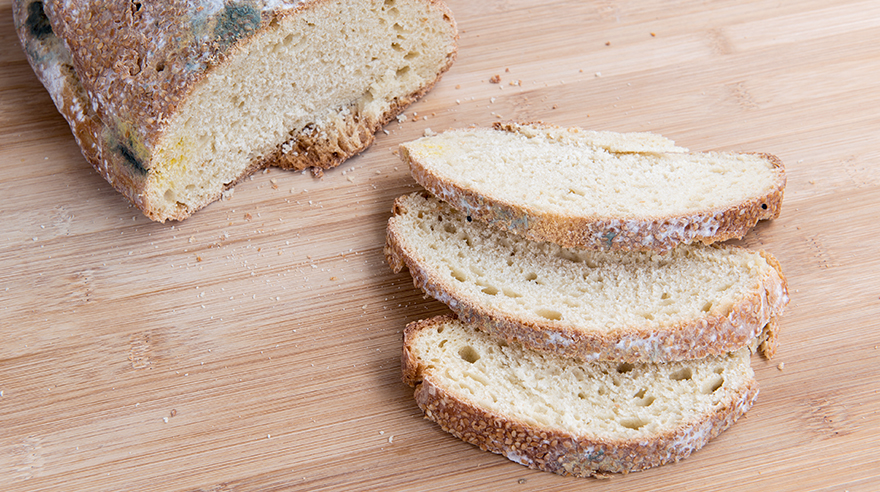Physical Address
304 North Cardinal St.
Dorchester Center, MA 02124
Physical Address
304 North Cardinal St.
Dorchester Center, MA 02124

Contents [hide]
As of now, bread is a staple in many households, but what happens if you encounter mold on your loaf? Let’s delve into the consequences of consuming moldy bread, the risks involved, and how to prevent such situations.
When it comes to moldy bread, it’s crucial to understand that consuming it can pose health risks. Mold on bread is a type of fungus that can produce harmful toxins known as mycotoxins. While ingesting a small amount of mold may not lead to severe consequences for individuals with a healthy immune system, it’s essential to exercise caution.
Some symptoms of eating moldy bread include nausea, vomiting, diarrhea, and allergic reactions. Individuals with compromised immune systems, such as young children, the elderly, pregnant women, and those with underlying health conditions, are at a higher risk of experiencing adverse effects from consuming moldy bread.
While the idea of salvaging the unaffected portion of bread might seem plausible, it’s not recommended. Even if you remove the visible mold, the roots of the mold penetrate deep into the bread, making it unsafe for consumption. It’s best to discard the entire loaf to avoid potential health hazards.
Identifying toxic mold on bread is challenging, as different types of molds can grow on food. The presence of mycotoxins in mold can lead to gastrointestinal issues, liver disease, and allergic reactions. Individuals with mold allergies should be particularly cautious when it comes to moldy bread consumption.
The onset of sickness from consuming moldy bread can vary depending on factors such as the type of mold, the amount ingested, and individual sensitivities. Symptoms may include shortness of breath, elevated temperature, and gastrointestinal discomfort. Monitoring for any adverse reactions post-consumption is crucial for timely medical intervention.
To prevent mold growth on bread, proper storage is key. Storing bread in a cool, dry place can help extend its freshness. Freezing bread can also prolong its shelf life and inhibit mold formation. When in doubt about the safety of bread, it’s advisable to discard it to avoid potential health risks.
As of 2024, the consumption of moldy bread remains a concern due to the potential health implications associated with mold exposure. While mild cases may not lead to severe illness, it’s essential to prioritize food safety and hygiene practices to minimize the risks of mold contamination in bread and other food items.